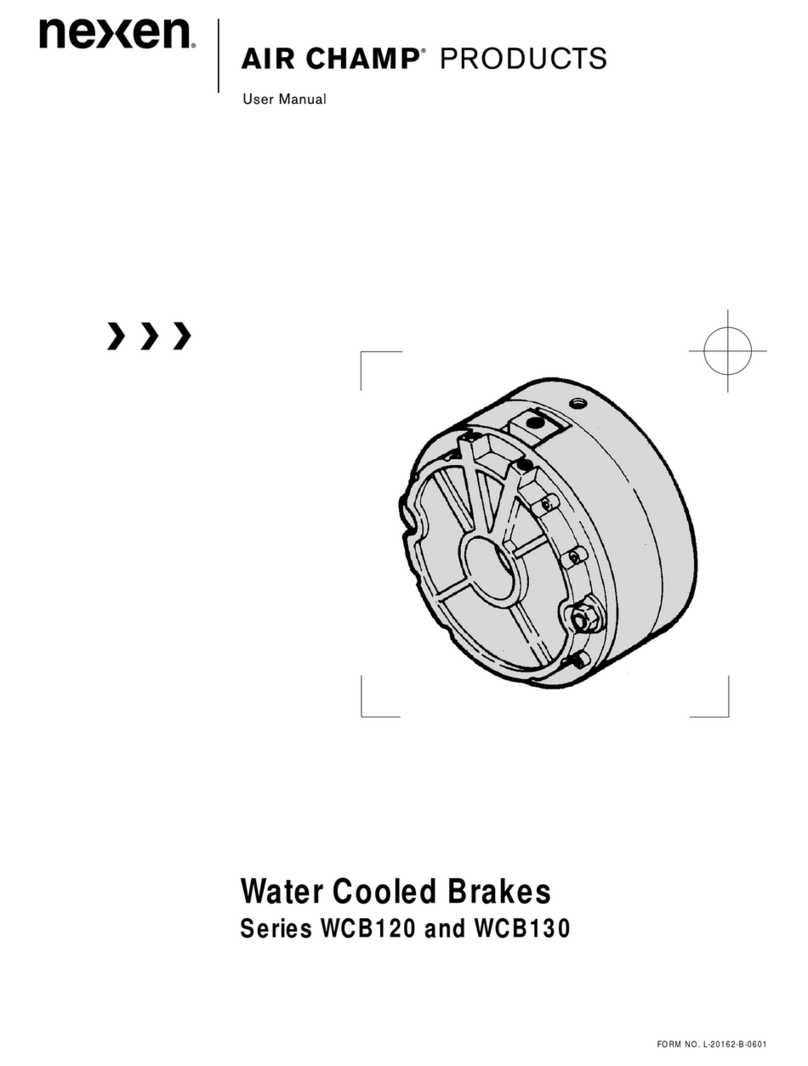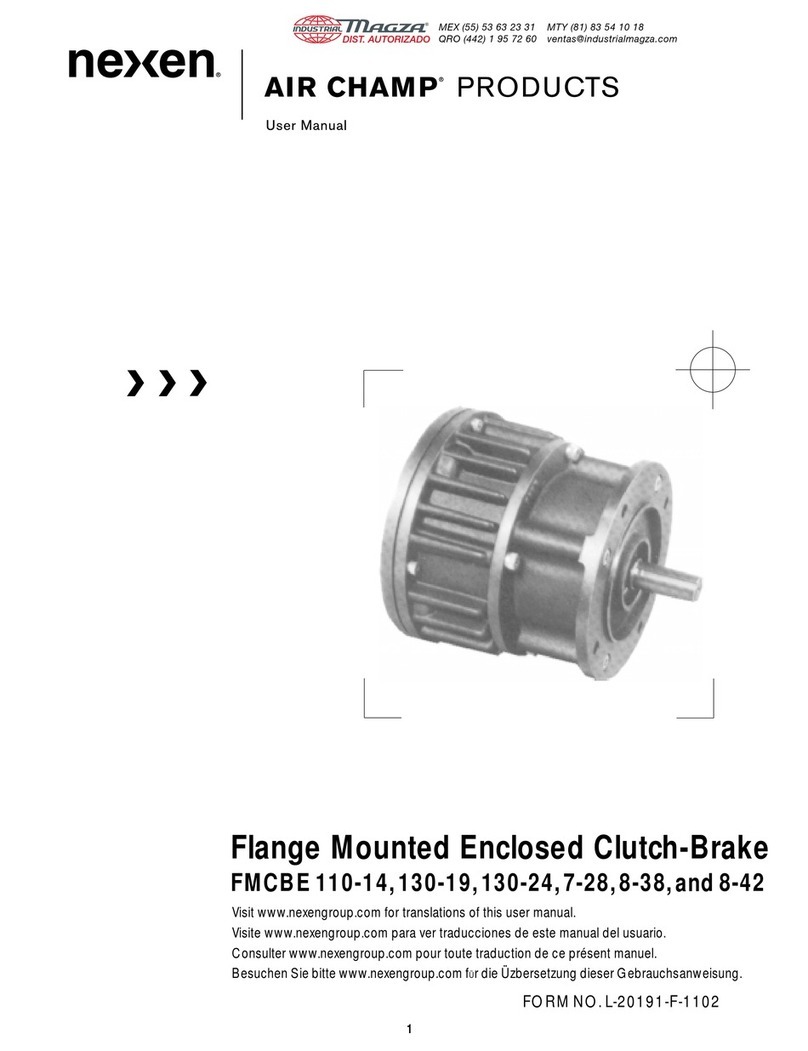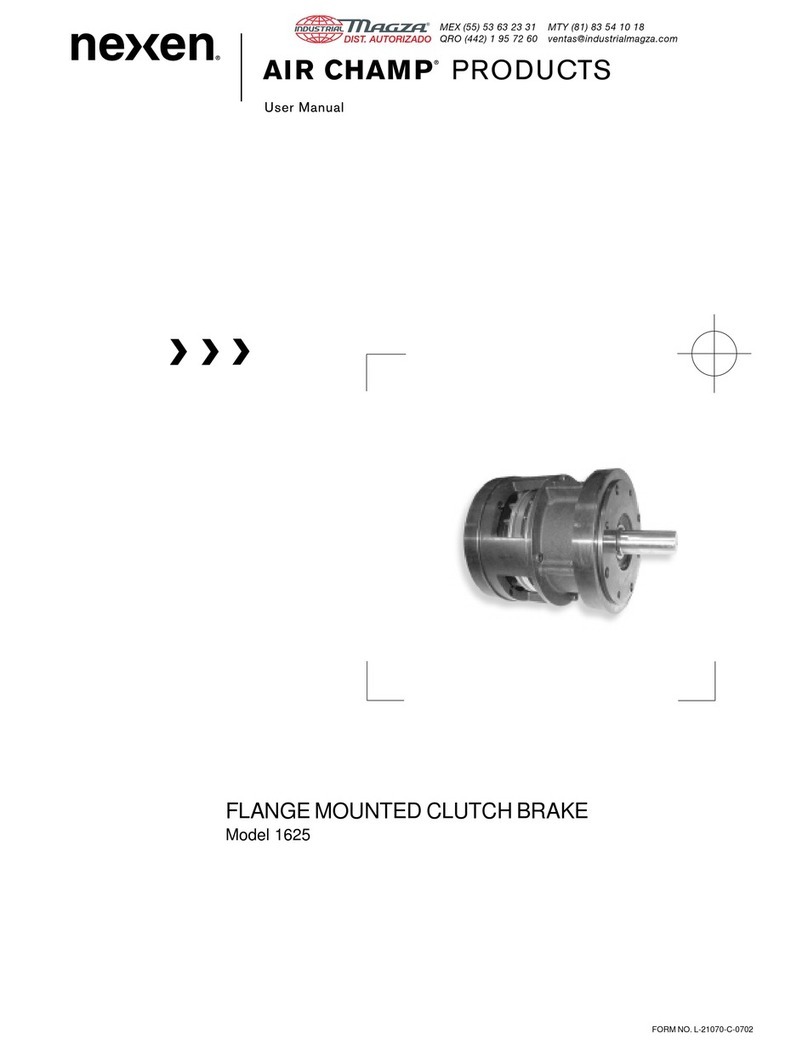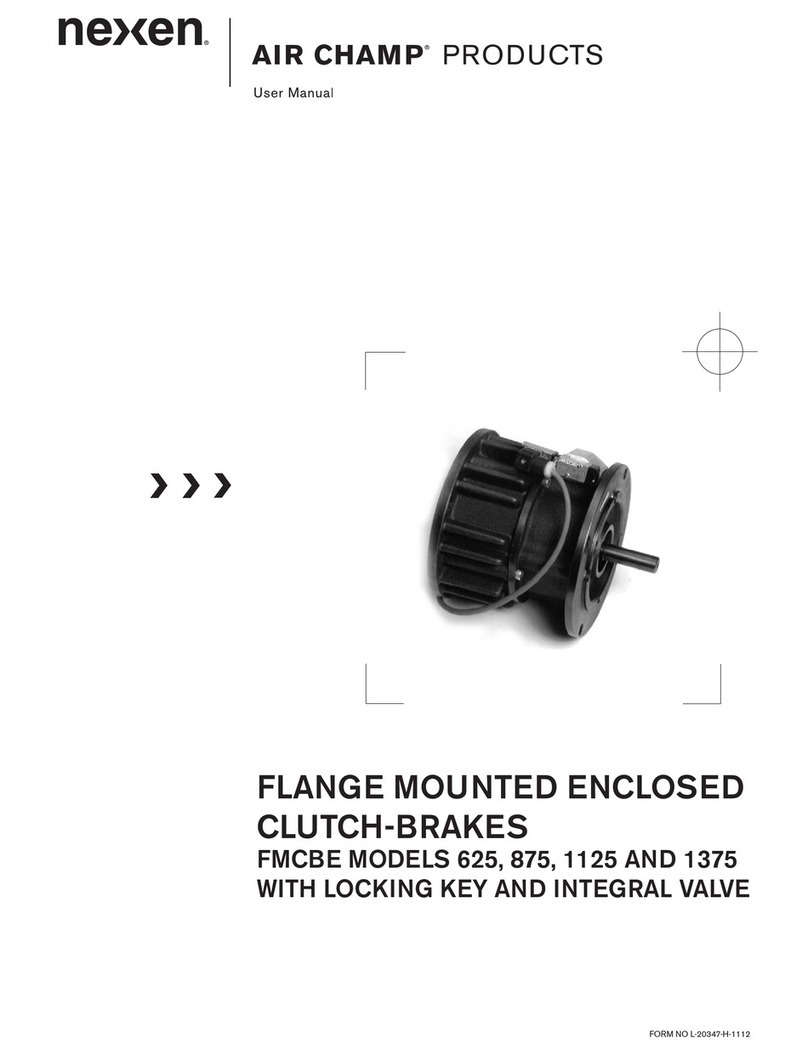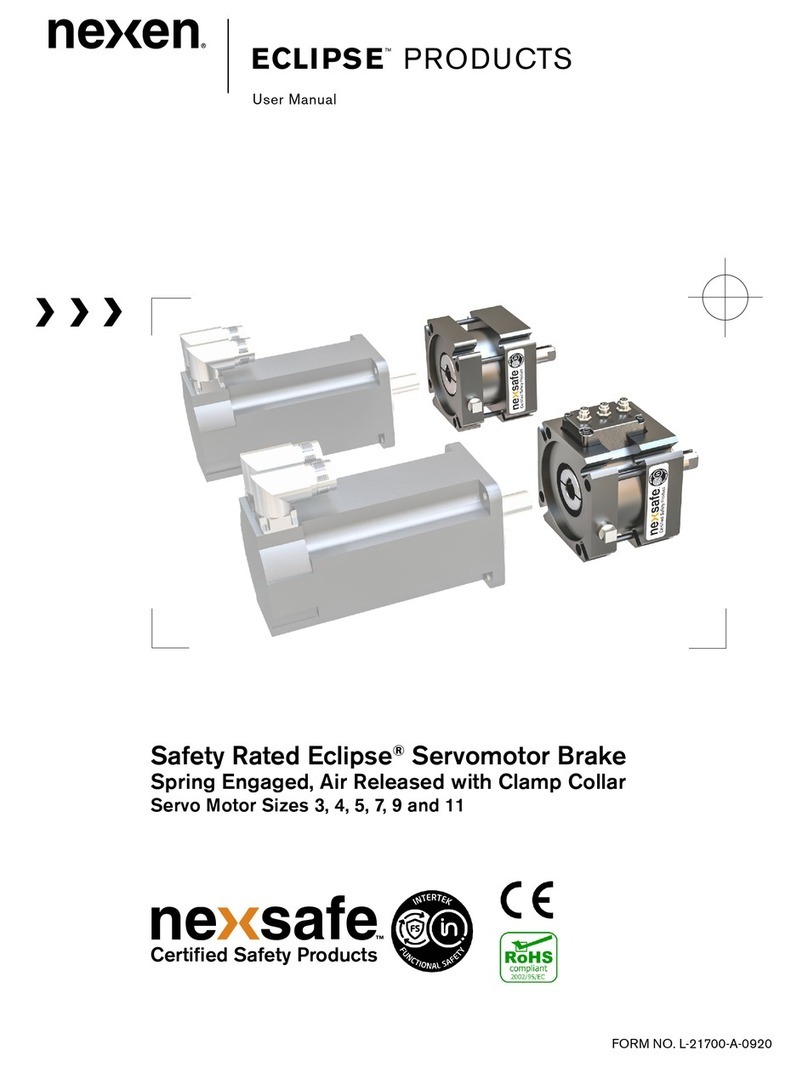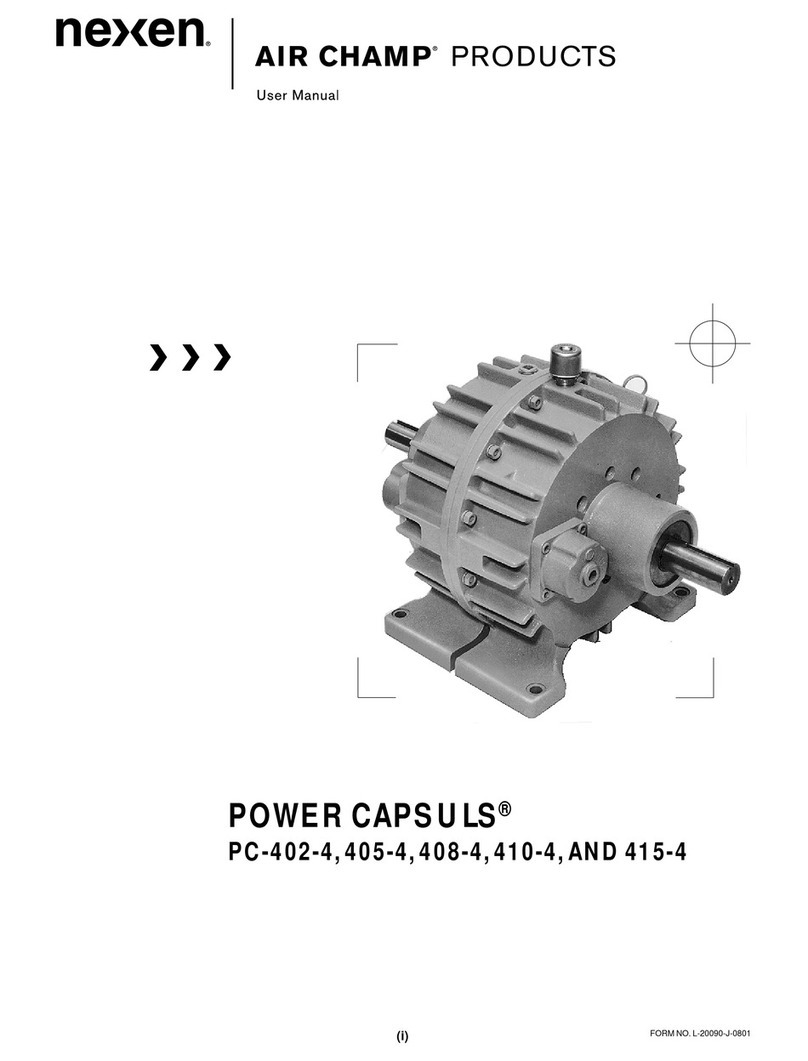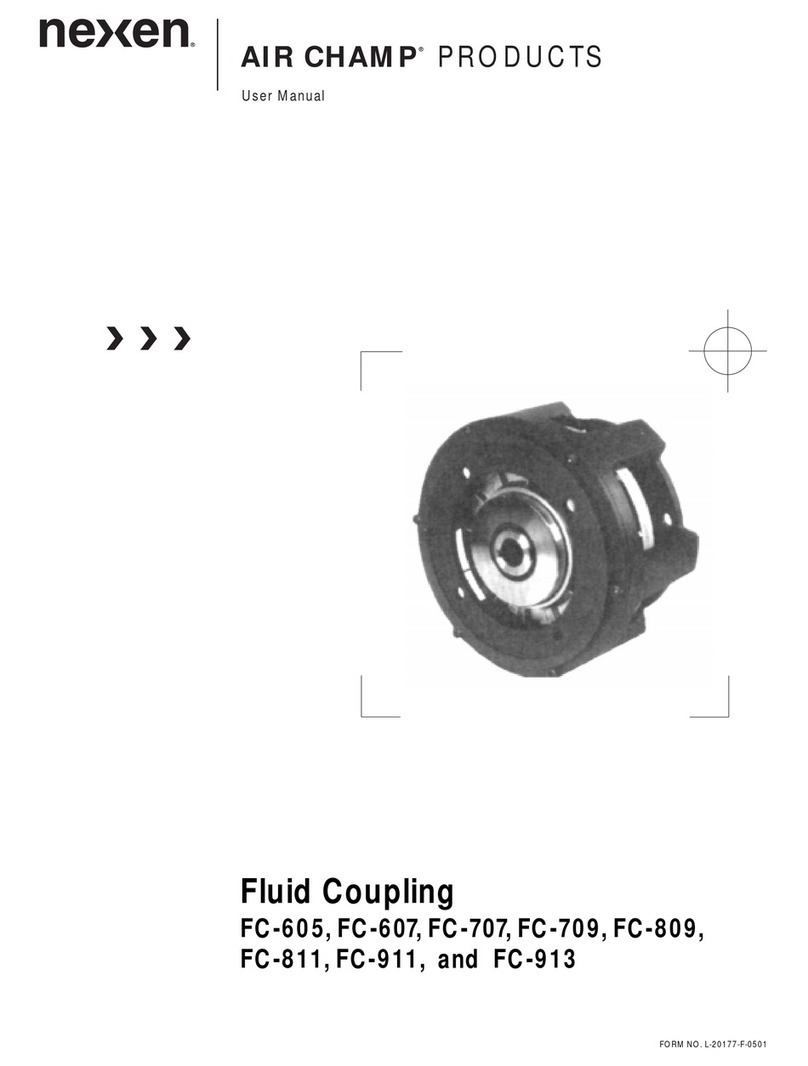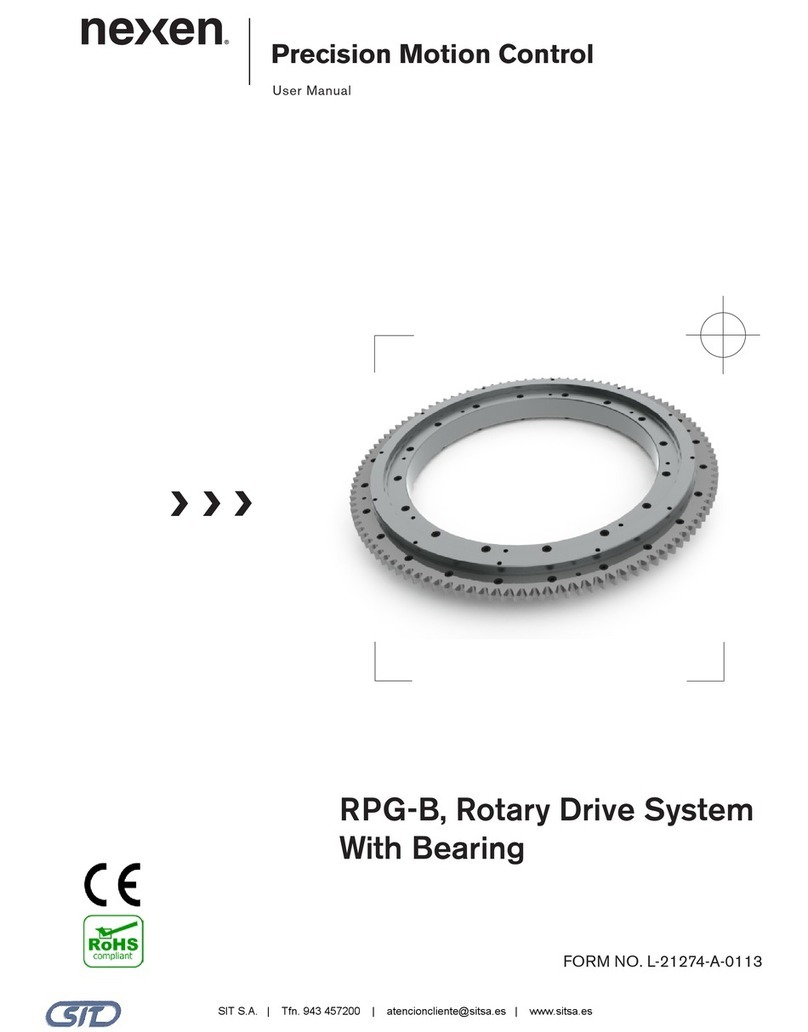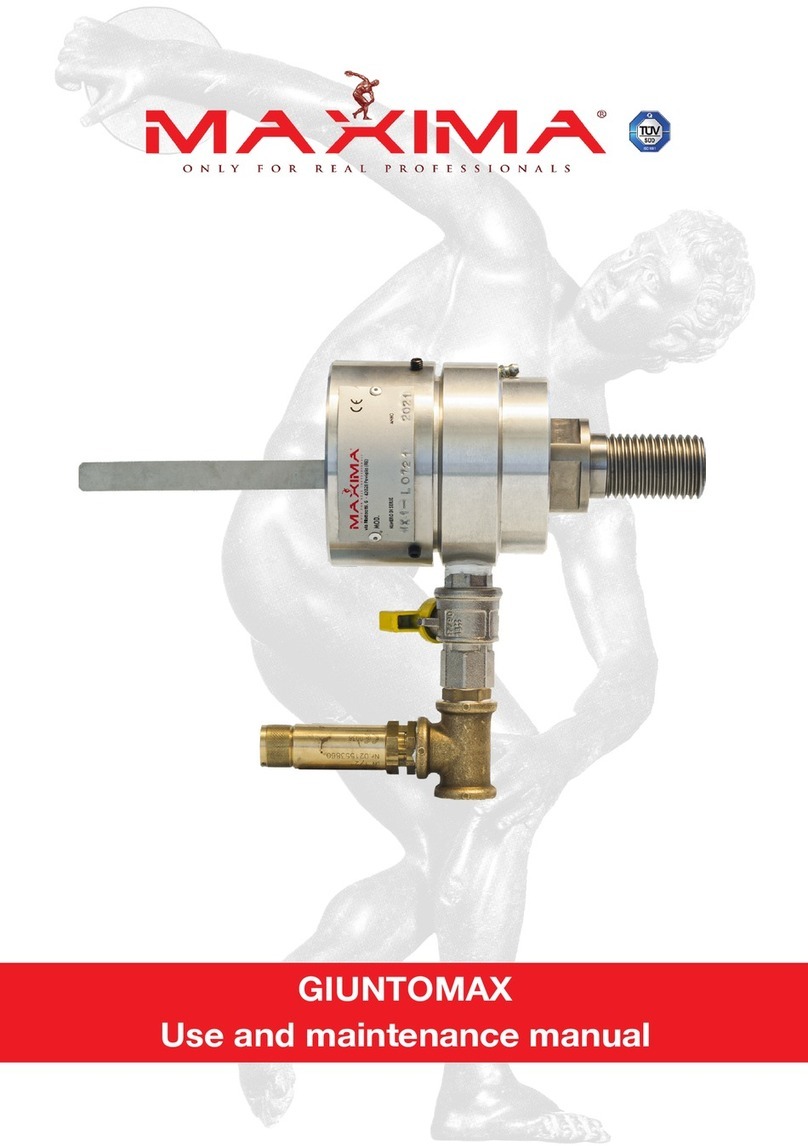
2FORM NO. L-20184-A-0501
CONTROLLER OPERATION
Automatic control operation can be broken down into three parts (See Fig. 1).
FIGURE 1
THE LOGIC SECTION
The logic section drives the deviation to zero by perfor-
ming the following actions:
1. Proportional (P) control prevents overshooting when
the error is removed by integral control.
2. Integral (I) control determines if there is a deviation,
and acts to increase or decrease the output, to
correct the deviation.
3. For use with winding or unwinding controls, there is
also a Derivative (D) control available. This
maintains a constant loop gain as the wind or
unwind roll constantly changes diameter.
4. Inertia compensation also can be programmed in for
acceleration, deceleration, or both.
No. 1
Tension
Sensor
No. 2
Tension
Sensor
No. 1
Amplifier
No. 2
Amplifier
+
+
Tension Indicator
Amplifier
Section
PI
Control
Section
PI
Control
Action
Exponential
Operation
+
-
Current
Amplification
Auto
Man
Output
Percent
Indicator
Actuator
Set
Point
Manual
Control
THE SIGNAL ADDER SECTION
The signal adder section receives the input signal from
each MB Tension Sensor. These signals are 0—400 mV.
Each signal is amplified, and the amplified signals are
added. The added signal (0—10VDC) is displayed at the
tension indicator on the front panel of the controller, as a
total tension reading. The tension being sensed by either
sensor also may be indicated on this indicator by using
the selector switch located inside the controller door.
The added signal is then compared to the ‘Target’ value,
which is set with the Set Point Pot located on the front
panel of the controller. Any difference (deviation)
between the added signal and set point is transmitted to
the logic section.
5. Taper Tension control also can be programmed, in
both forward and reverse modes; and based upon
internal calculations, or an external roll diameter
signal.
6. An initial output during acceleration, can be set and
timed. This ‘Start’ signal can be a fixed value, or
vary as the roll diameter changes. The ‘Start’
function can be timed to last up to ten seconds after
the machine starts.
7. For unwinding application there is also a ‘Stop’
function, which allows the output to be increased
during a machine stop, to counteract roll inertia and
prevent run-on, slack web, or web spillage. The
‘Stop’ function also can be timed for up to ten
seconds.

